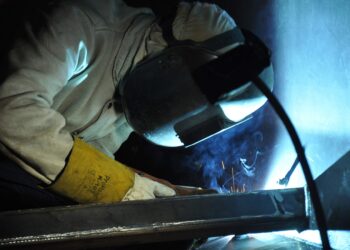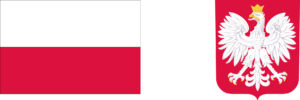As the UEFA qualifiers for the 2026 FIFA World Cup get underway, excitement is building across Europe. The upcoming tournament, co-hosted by the United States, Canada, and Mexico, will feature an expanded format with 48 teams, offering additional slots to European sides. This change opens the door a little wider for ambitious nations from Central and Eastern Europe, as well as the Balkans—regions with rich footballing histories but varying levels of recent success.
Poland enters the qualification campaign with a strong legacy, having qualified for eight previous World Cups and achieving their best results with third-place finishes in 1974 and 1982. Although their performance in Qatar 2022 was underwhelming, they remain a solid contender, particularly if the transition from the aging core led by Robert Lewandowski to a younger generation proves successful. Players like Jakub Moder and Nicola Zalewski could be crucial in ensuring Poland’s continued presence on the world stage.
The Czech Republic, with its football roots extending back to the days of Czechoslovakia, has reached the World Cup finals nine times, twice finishing as runners-up. Recent years have seen more consistency in European Championship appearances than World Cups, but a disciplined and technically sound squad still gives them a fair shot at qualification—if they can find more firepower in attack.
Hungary, once one of football’s dominant forces, has been enjoying a quiet resurgence. After years in the wilderness, they now boast a promising generation led by Dominik Szoboszlai. Though their last World Cup appearance came in 1986, strong performances in the UEFA Nations League and Euro qualifying campaigns suggest that Hungary could be one of the dark horses of this cycle.
Slovakia, meanwhile, is aiming to return to the World Cup for the first time since their debut in 2010, when they reached the round of 16. The team has experienced mixed fortunes in recent years, but a wave of young talent may offer a much-needed boost if they can find consistency and leadership.
Romania, a proud footballing nation that reached its peak in the 1994 World Cup with a run to the quarterfinals, has been struggling to recapture past glory. Despite underwhelming recent campaigns, there is optimism as a new generation of players emerges. With a solid qualification run, Romania could yet return to the world stage, though the margin for error is slim.
Serbia presents perhaps the strongest case among the Balkan countries. With a deep talent pool featuring stars like Dušan Vlahović and Sergej Milinković-Savić, Serbia not only qualified for the 2022 World Cup but showed moments of brilliance. Their challenge will be turning individual quality into cohesive team performance—if they succeed, another qualification is very likely.
Croatia, the standout team in the region over the past two decades, has firmly established itself among the global elite. Finalists in 2018 and third-place finishers in 2022, they continue to punch above their weight. Even as iconic figures like Luka Modrić near the end of their careers, Croatia’s depth and experience make them a near-certainty to qualify again.
Bosnia and Herzegovina faces a more uncertain path. Their only World Cup appearance came in 2014, and since then the team has been in a transitional phase. With veterans like Edin Džeko aging out and no clear successors emerging at the same level, their chances hinge on a rapid resurgence.
Slovenia, though small in population, has proven to be a resilient footballing nation with two past World Cup appearances. With Jan Oblak in goal, they possess a world-class leader at the back, and if their attacking players rise to the occasion, they could become serious playoff contenders.
Bulgaria, once a semi-finalist in 1994, has fallen on hard times. Struggles in qualifying campaigns and a lack of top-tier talent have made a return to the World Cup look increasingly unlikely without major structural changes and a new generation of stars.
North Macedonia, despite never qualifying for a World Cup, shocked Europe by eliminating Italy from the 2022 qualifiers. While they ultimately fell short of qualification, the performance demonstrated their ability to compete. Whether they can repeat such heroics remains uncertain, but they should not be underestimated.
Albania, too, has become a more competitive side in recent years. Their historic Euro 2016 qualification proved they could rise to the occasion, and with more players gaining experience in European leagues, a playoff push is not out of the question if they find the right form.
Moldova, unfortunately, remains one of Europe’s weaker sides. While they have shown slight improvement in recent years, the level of competition in UEFA qualifiers makes qualification an extremely distant goal at this stage.
In conclusion, the expanded format of the 2026 World Cup provides new hope for nations that might have otherwise missed out. Croatia and Serbia are the region’s clear front-runners, while Poland, Hungary, and the Czech Republic are well-positioned to contend. For teams like Romania, Albania, and Slovenia, the path is steeper but not impossible. As the qualifiers unfold, expect fierce competition, emotional drama, and perhaps a few surprises from Central, Eastern European, and Balkan sides eager to leave their mark on the world’s biggest football stage.






